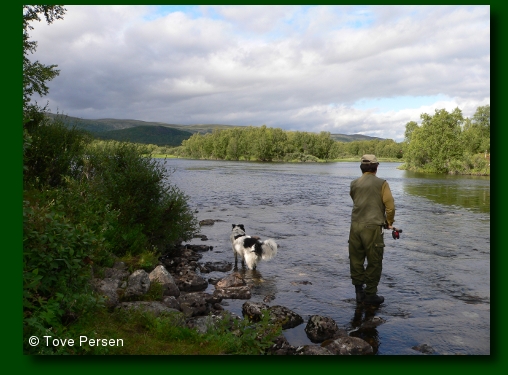
Many of Europe's most important salmon rivers are found in North-Norway. The Tana River is the river that produces most Atlantic salmon. Salmon fisheries have been very important in shaping the settlements in this province. The salmon fishing in both rivers and sea have given important revenues. Sport fishermen from the whole of Norway and from abroad, make pilgrimage every year to North-Norway to try their luck in the rivers.
All salmon rivers have their own genetic stocks which are adapted to the local environment. This has taken place through natural selection. In the larger river systems there can be several stocks adapted to the local environment in the various branches of the river. These stocks constitute unique and valuable genetic resources.
Unfortunately, the various salmon stocks are threatened by various sources. The most important threats for the salmon in North-Norway are the parasite Gyrodactylus salaris and genetic pollution from escaped farm salmon. Also the construction of electricity dams have had negative consequences for the salmon, e.g. in the Alta River.